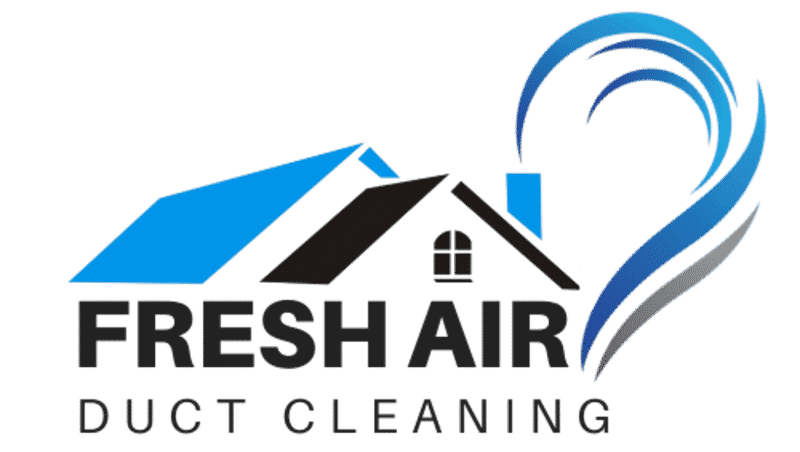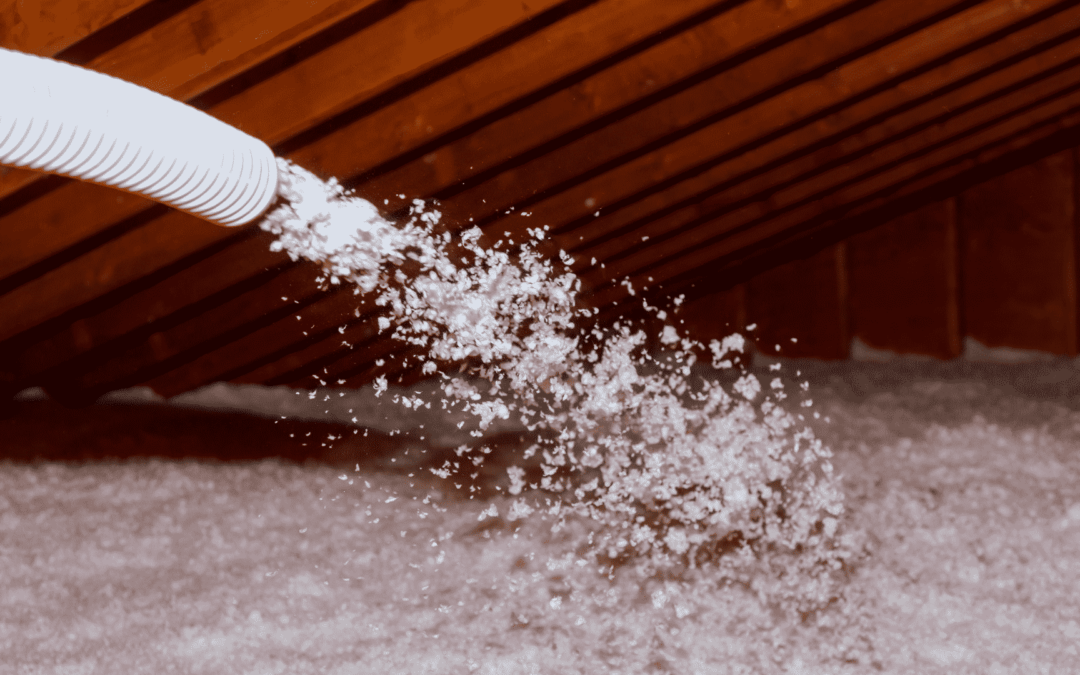You can expect many different types of attic insulation when you start looking. It can be hard to determine which type of attic insulation is the right choice for your home with so many options. Well, this guide is designed to help you make a decision. We’ll weigh the benefits and drawbacks of each primary type of attic insulation.
If you are unsure which insulation is right for your home, contact Fresh Air Duct Cleaning. Our technicians can determine which insulation is right for you and install it after the decision is made. Our attic insulation services provide the necessary protection from the outside air and reduce your monthly energy bill. Of course, we need to choose the right type of insulation for your home first.
Fiberglass
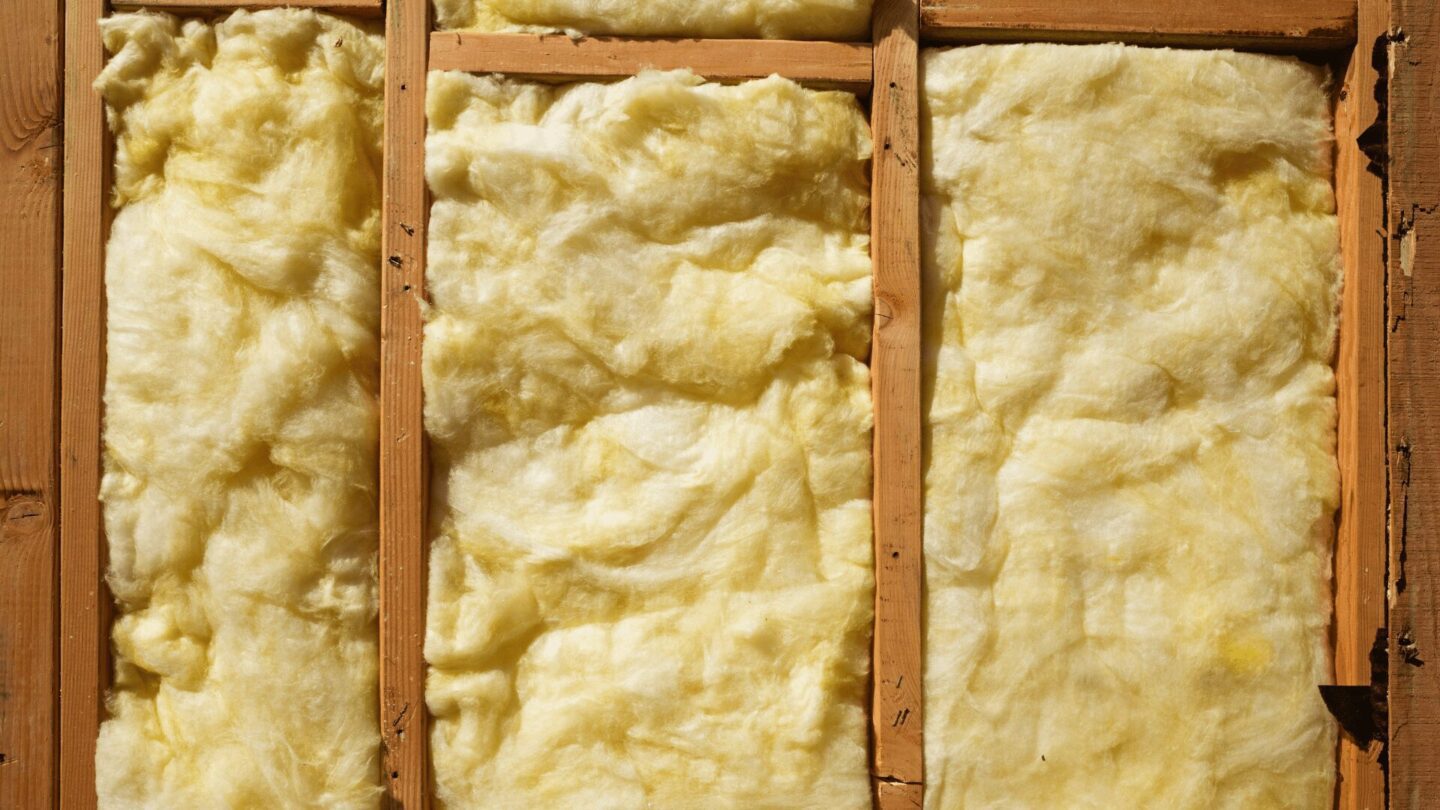
Fiberglass is one of the most common types of insulation. In fact, it is used more often than any other type for a few different reasons. Fiberglass is made of glass fibers created from recycled materials and sand. The material comes in many different forms, but batts and blown-in are highly popular. Batts are large sheet rolls that are held together by an adhesive paper.
The biggest reason fiberglass is popular is due to its price. Fiberglass insulation is affordable for many homeowners. Additionally, the insulation is extremely effective at staying dry. It isn’t completely resistant to moisture, but it helps fight against it. In turn, fiberglass fights against the growth of mold and mildew.
The installation process is also a notable trait of fiberglass insulation. Batts are lightweight, while blown-in fiberglass is even easier to install. We also can’t forget to mention the fire resistance fiberglass has. It isn’t fire retardant, but it is less effective at catching on fire.
When it comes to disadvantages, fiberglass does have a few. The biggest issue fiberglass has its lacking ability to sustain its R-value. The R-value is the measurement of how well it can prevent heat from entering and exiting the home. This value is lost over time with fiberglass.
Other drawbacks include the following:
- potential health risk for installers
- not entirely moisture-resistant
- not a complete air barrier
Spray Foam
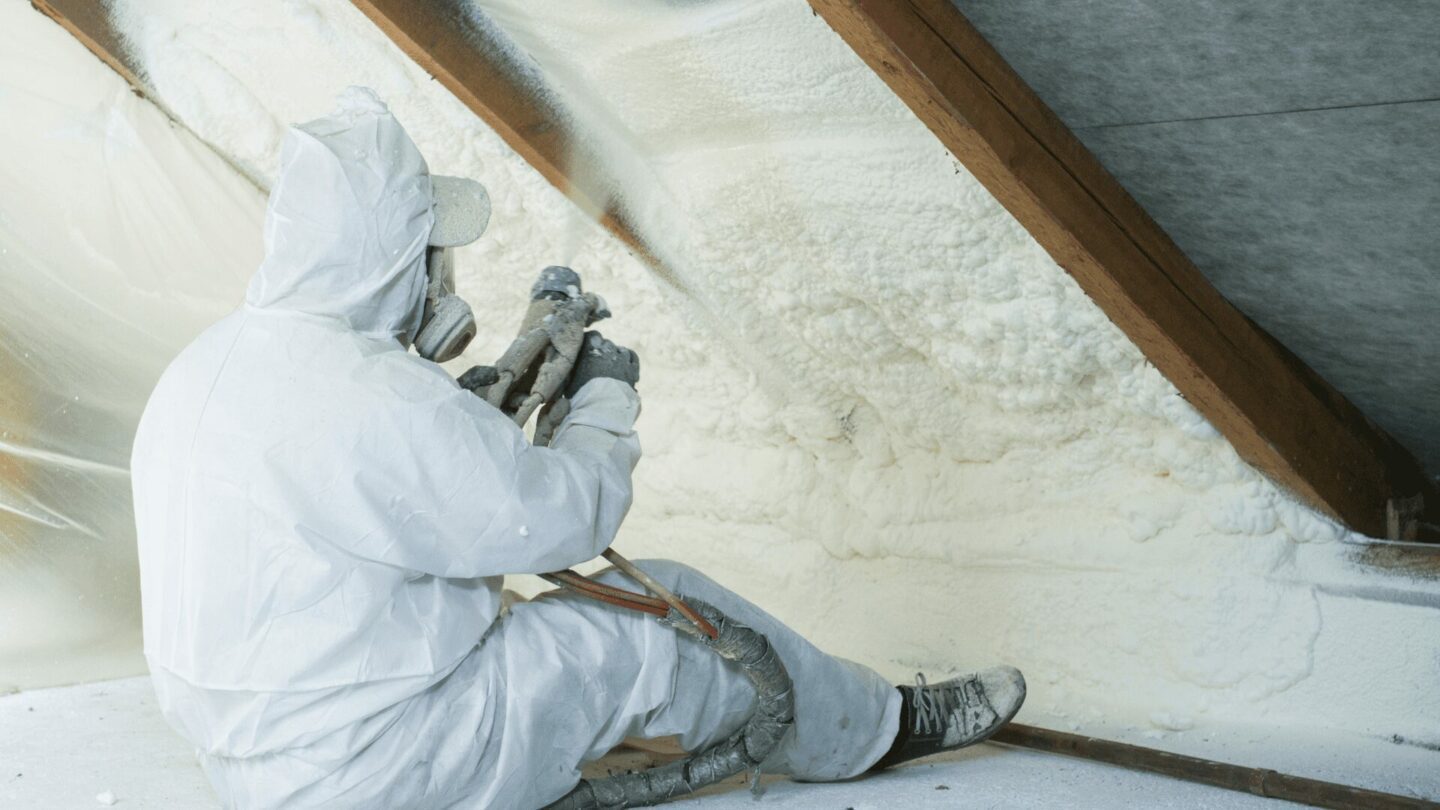
As one of the most effective types of attic insulation, spray foam cannot be beaten by other insulators. The best thing you can expect from spray foam insulation is its airtight seal. Once this foam is sprayed, it expands to cover a large area. As it expands, holes, cracks, and leaks are filled by the insulation. That said, the air is unable to pass through like fiberglass and it is water-resistant.
Unlike fiberglass insulation, spray foam does not lose its R-value over time. You can expect your spray foam insulation to last and protect as good as the first day it was installed. Even better, the lifespan of spray foam is much longer than other types of attic insulation. That way, you are spending less on replacing insulation and your energy bill.
Just like other insulation types, spray foam is not without drawbacks. Spray foam is the most expensive type of insulation available. It also requires the right professional to install it. As easy as it might sound, spray foam requires more than a point and spray technique. You need the right professional to complete the project.
Cellulose
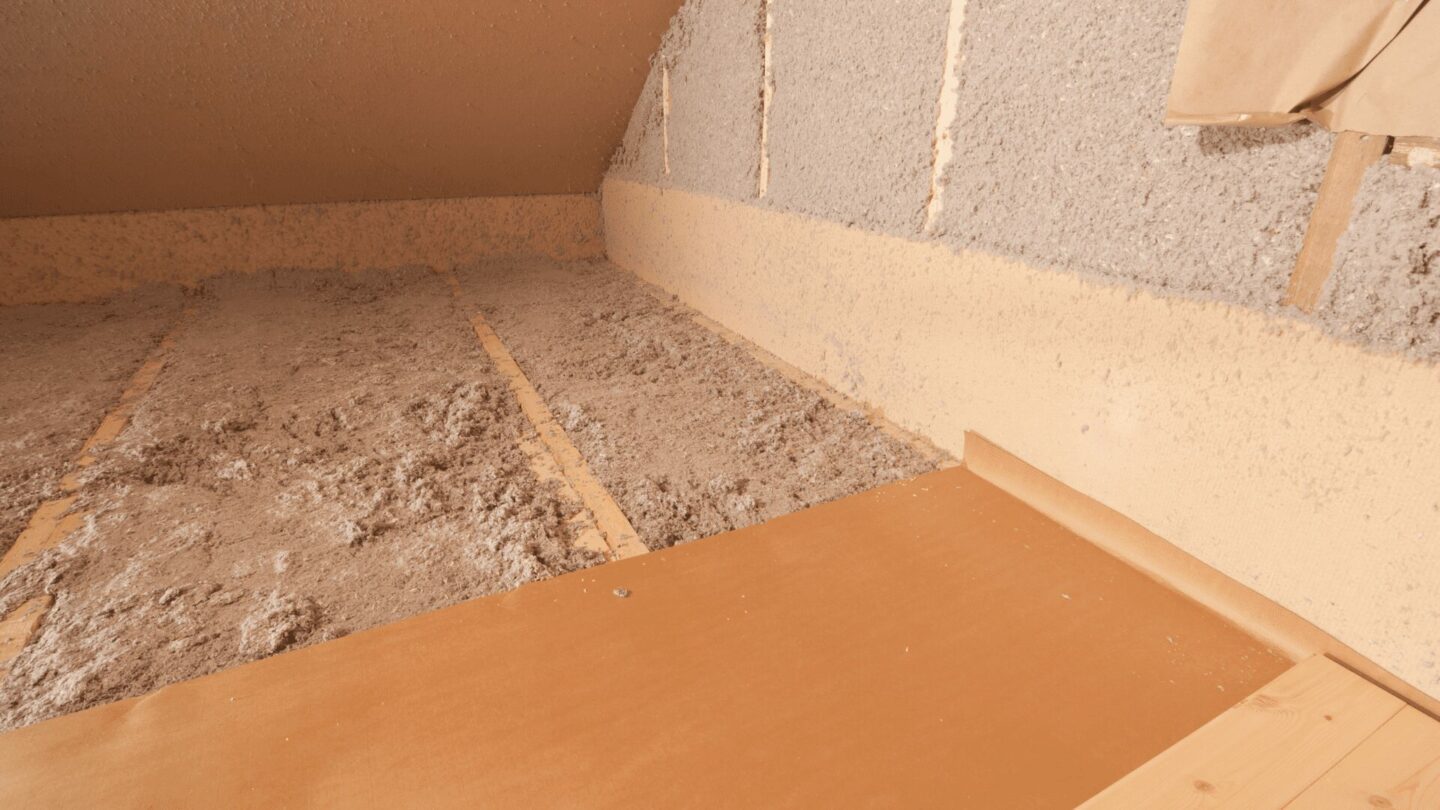
Cellulose is a wood/paper-based product that is finely shredded to create a powdery texture. Capable of fitting into almost any space, cellulose can easily reach around ducts, wiring, pipes, and other obstructions. This makes the installation process extremely easy. Cellulose is also known as one of the most environmentally friendly types of attic insulation since it is created from recycled materials.
Once you install cellulose into your home, you won’t have to worry about rodents or insects making homes out of it. Cellulose is treated with borates to avoid such an issue. Unfortunately, the benefits of cellulose end there. This type of insulation is not common, and we here at Fresh Air Duct Cleaning do not advise you to use it to insulate your attic.
The biggest drawback of cellulose is its ineffectiveness in insulating your home. Blown-in insulation can settle, leaving pockets of exposed areas in your home. Eventually, you can expect problems with insulating your home and experience higher energy bills. Another issue is its ability to soak up moisture. One cellulose gets wet; it takes a long time to dry out. So, you can expect potential issues with mold and mildew growth.
The Common Types of Attic Insulation
Fiberglass, spray foam, and cellulose are the most common types of attic insulation. They offer homeowners a range of benefits and drawbacks that should be considered. Fresh Air Duct Cleaning’s attic insulation services can help you make that decision. Give us a call today for more details on our services.
